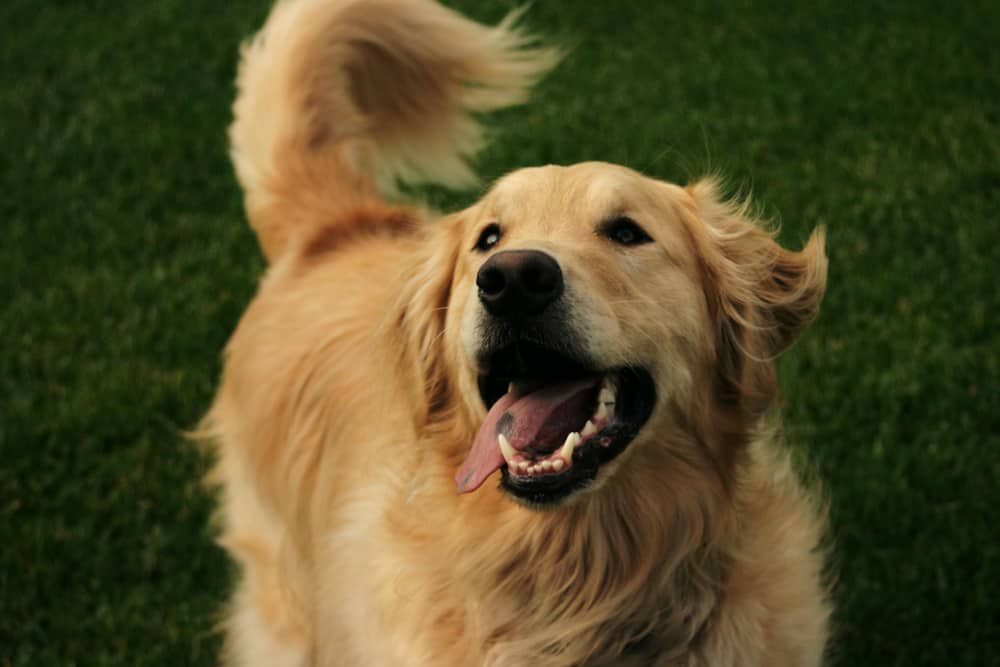How do pets provide comfort and warmth to their owners?
Pets provide comfort and warmth to their owners in several ways:
Emotional Support: Pets, such as dogs and cats, can offer emotional support to their owners. They provide companionship, unconditional love, and a sense of security. Petting and cuddling with a pet releases oxytocin, a hormone associated with bonding and reducing stress levels.
Physical Contact: Physical touch and contact with a pet can have a calming effect on humans. Petting or hugging a furry companion can help reduce anxiety, lower blood pressure, and promote relaxation. The warmth and softness of a pet’s fur can be soothing and comforting.
Active Listening: Pets are excellent listeners. They provide a non-judgmental presence, allowing their owners to share their thoughts, feelings, and concerns without fear of criticism or rejection. The act of talking to a pet can be therapeutic and help alleviate loneliness or emotional distress.
Routine and Structure: Pets thrive on routine and often help their owners establish and maintain a structured daily routine. Taking care of a pet’s feeding, exercise, and grooming needs can provide a sense of purpose, stability, and focus. This structure can be particularly beneficial for individuals experiencing feelings of emptiness or lack of direction.
Unconditional Love: Pets offer unconditional love and acceptance. They do not judge their owners based on appearance, status, or mistakes. This unwavering love can provide a deep sense of comfort, security, and self-worth, especially during challenging times.
Physical Warmth: Many pets, especially dogs and cats, naturally emit body heat. Curling up next to a warm pet can provide physical comfort and warmth, particularly during colder seasons or when feeling chilly. Some pets even enjoy cuddling under blankets, further enhancing the cozy experience.
Comedic Relief: Pets have a way of bringing joy and laughter into their owners’ lives. Their playful antics, funny behaviors, and amusing expressions can instantly lighten the mood and provide a much-needed dose of happiness and laughter.
Overall, pets offer a unique form of comfort and warmth through their presence, affection, companionship, and the positive impact they have on their owners’ emotional and physical well-being.
Why do dogs wag their tails?
Dogs wag their tails primarily as a means of communication. Tail wagging is a non-verbal way for dogs to convey their emotions, intentions, and social signals to other animals, including humans. Here are some key reasons why dogs wag their tails:
Happiness and Excitement: A dog wagging its tail in a loose and wide manner is often a sign of happiness and enthusiasm. They may wag their tail vigorously when they are excited to see their owner, when engaging in play, or when experiencing joy.
Friendliness and Social Interaction: Dogs use tail wagging to show friendliness and to signal their approachability. A gentle wag, accompanied by a relaxed body posture and open facial expression, indicates that the dog is friendly and receptive to social interaction.
Positive Reinforcement: Dogs may wag their tails when they associate a particular action or event with positive reinforcement. For example, if a dog wags its tail after performing a trick and receiving praise or treats, it may indicate their anticipation of a positive outcome.
Curiosity and Interest: When a dog encounters something new or interesting, they may wag their tail slowly and in a cautious manner. This type of wagging suggests curiosity and a desire to explore or investigate further.
Anxiety or Nervousness: Tail wagging can also occur in situations where a dog is feeling anxious, unsure, or nervous. In these cases, the tail may be held lower and wag more subtly. It’s important to consider other body language signals to accurately interpret the dog’s emotional state.
Communication with Other Dogs: Dogs communicate with each other through body language, including tail wagging. Tail wagging can convey information about their intentions, whether it’s a playful invitation or a signal of submission. The specific position, speed, and direction of the tail wag can vary depending on the context.
It’s crucial to remember that tail wagging should be evaluated alongside other body language cues, such as ear position, facial expressions, and overall body posture, to get a complete understanding of a dog’s emotions and intentions.



